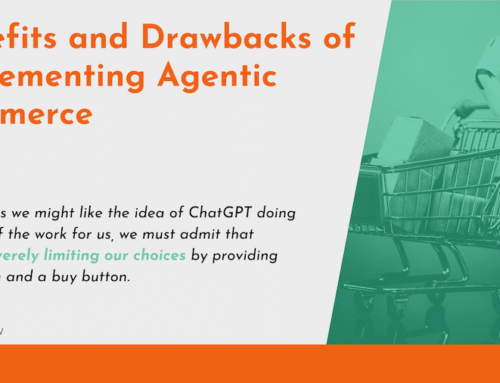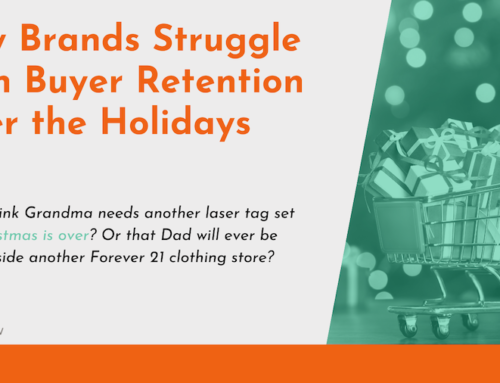Buyer personas are the backbone of your marketing efforts. You spend hours crafting campaigns meant to reach specific targets according to their age, location, gender, and so many other identifiers. In fact, before you even begin the branding process, knowing your buyers is a key step.
But is it possible that you’re missing an important key to understanding your buyers?
Discovering Empathy
Too many people believe that empathy and sympathy are the same. To experience sympathy, you feel compassion or sadness for someone. With empathy, however, you feel sadness with someone. Empathy gives you the power to see and feel the world through the eyes and hands of someone else. You feel their pain, their needs, their hopes, and their joy.
This is a skill not many have and even fewer attempt to develop. If you’re in branding and marketing, however, it’s a trait you should work hard to master. Doing so helps you understand not just what your buyers need but why they need it.
Why the Need for Empathy?
When building your brand, you probably spent a lot of time considering your company—your products, your message, your voice, your services. Empathy turns that around so that every decision you make for your brand involves the needs of your customers. Sure, you want the why of your brand to be something you’re passionate about, but you also want it to be about solving for your customers, too, right?
Without this direct line into the buyer’s heart and mind, you’re likely to miss the mark with your marketing. Your messaging could be construed as tone deaf—or worse, flat-out spam. And if your messaging isn’t reaching your buyers, your brand cannot thrive.
How to Practice Empathy
Identifying your target audience sounds like it would be easy. Let’s say your brand sells wholesome snacks for toddlers. Your target audience would likely be young moms living in middle-class suburban communities. Done? Not quite. Why do these young moms need your toddler snacks? Why is healthy and wholesome a selling point? What struggle is this young mom facing that you can help ease for her?
For every one of your buyer personas, you must determine their why. Why do they need you? What emotion can you soothe or enhance with your product or service? What, in addition to toddler snacks, are you really selling that young mom?
Showing Your Empathy
Now that you really understand your buyers, it’s time to show them. But how? Simply answer their questions. They’re asking; they really are. If you’re paying attention, then you know that young mother wants just a moment of peace and quiet. She wants to feel like she’s done something right, when doing something easy was also an option.
Now it’s your turn to answer that young mother with healthy snacks instead of sugar. With a snack that encourages toddlers’ independence so she can take a breath and maybe eat a snack of her own. See? You’re not marketing at her. You’re working with her to provide a solution to her needs.
That’s how to market with empathy. It’s the difference between a successful brand and one that eventually fades into obscurity. How will you practice empathy in your branding and marketing this week? What else could you learn about your customers’ pain points? And how can we help you get to know those buyers better?






